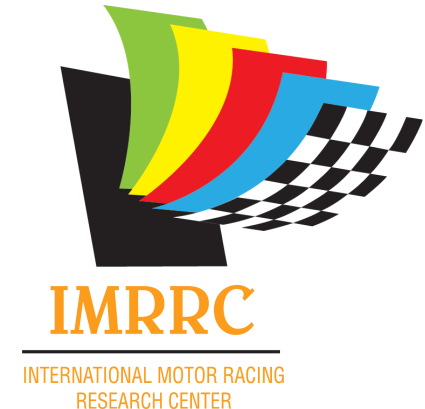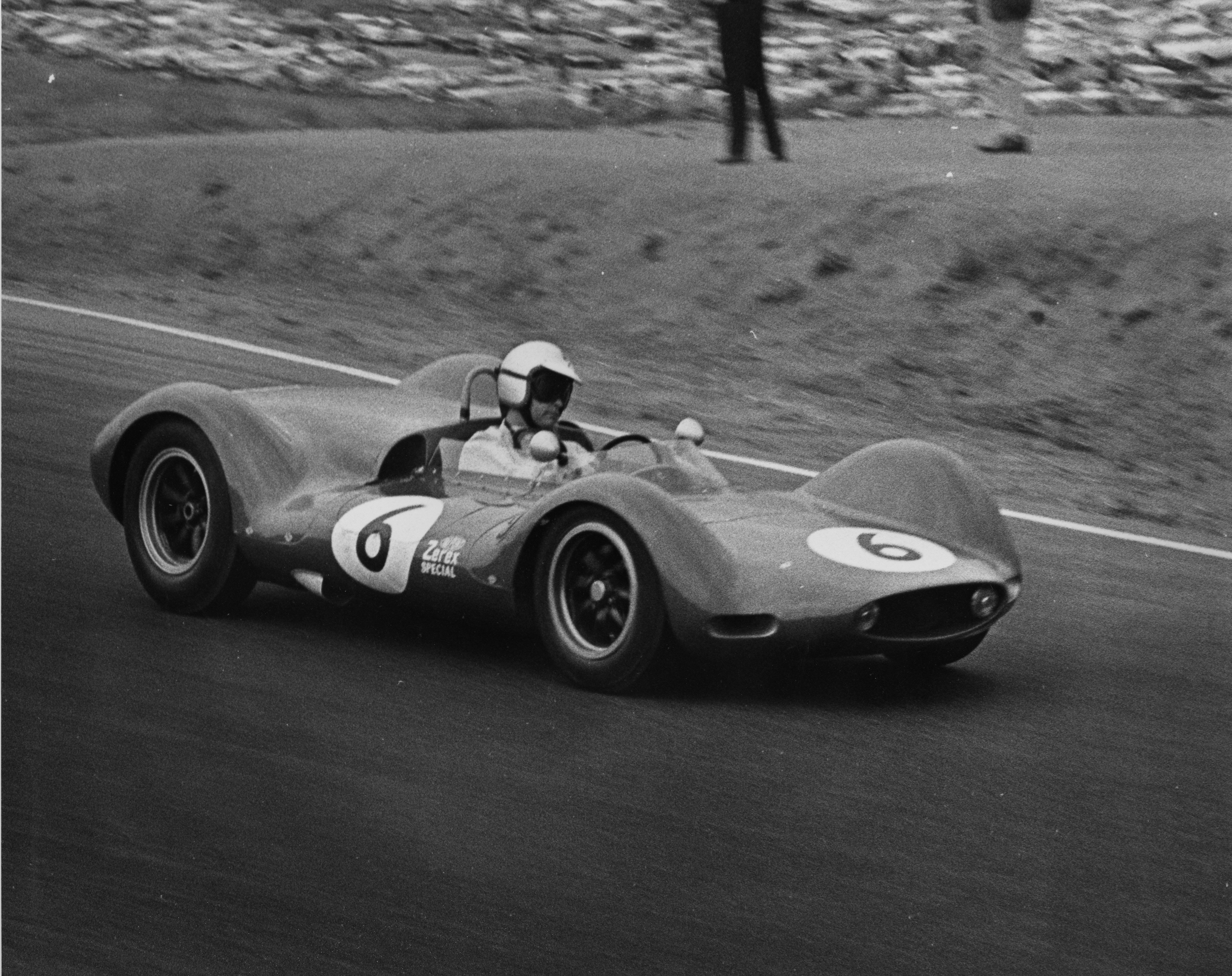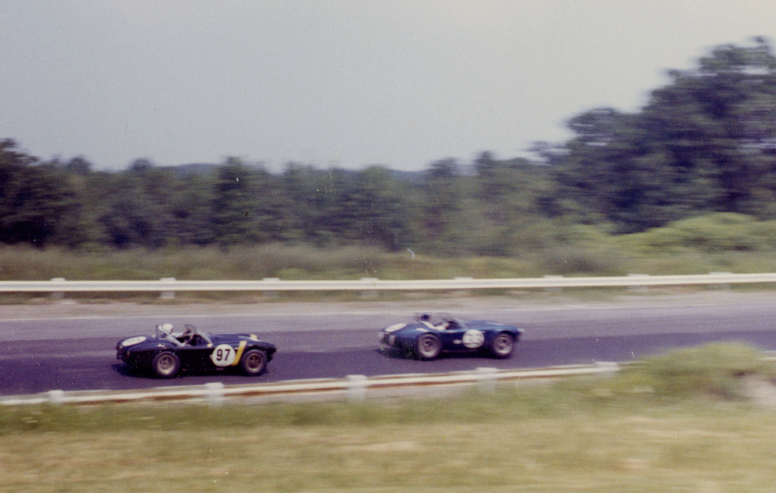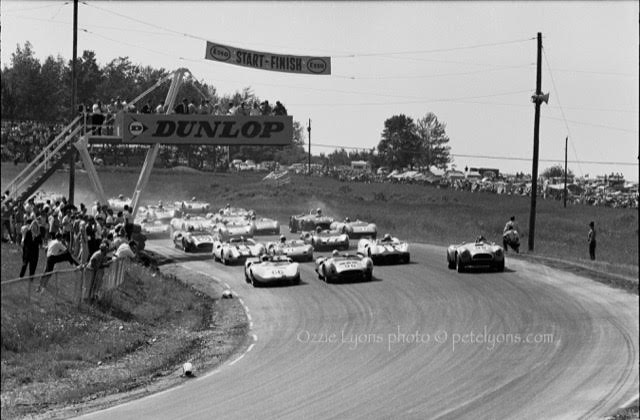This is Part TWO of the behind-the-scenes story of how sports car racing emerged in America during the post-war era, who organized the races and the all-out war that erupted for control. This post is excerpted from the book: “IMSA 1969-1989: The Inside Story of How John Bishop Built the World’s Greatest Sports Car Racing Series”, authored by Mitch Bishop and Mark Raffauf, scheduled for publication in January 2019 from Octane Press.
_________________________________________________________________________________________________________
There was plenty of professional racing going on in the world by the late 1950s. Outside of the U.S., international racing was governed by the Federation Internationale de l’Automobile (FIA). Some Americans like Phil Hill, Dan Gurney and Carroll Shelby achieved professional status by racing in Europe against the best drivers of the day, but for most drivers in the U.S. racing for money risked the loss of their SCCA licenses.
Bringing international caliber drivers to the U.S. became an obsession for early race organizers like Bill France Sr., the founder of NASCAR, and the leaders of the FIA correspondingly saw the U.S. market as a huge opportunity. With the withdrawal of the AAA from race sanctioning in 1955, representatives from the FIA came to America in 1956 with the intention of hitching their wagon to one of the established sanctioning bodies already functioning in the U.S.: NASCAR, USAC and the SCCA.
The emissaries from Europe met with France Sr., Colonel Arthur Harrington, former president of the AAA Contest Board and one of the founders of USAC, and Jim Kimberley, who represented the SCCA. The leadership at USAC saw this as an enormous opportunity to take control of professional road racing if they could convince the FIA representatives to give them their seal of approval. But France Sr. had other ideas. He understood that if just one organization owned the FIA relationship, it would quickly put the others at a disadvantage. He instead proposed a committee comprised of all three sanctioning organizations, each with the ability to apply for the FIA’s international listings for their events. The FIA agreed and the Automobile Competition Committee of the United States (ACCUS) was formed in 1957. ACCUS continues to operate today as the representative of American racing to the FIA, albeit with more member organizations.
Shortly after the creation of ACCUS, race organizers secured FIA listings for Formula One Grand Prix events at Sebring in 1959 and Riverside in 1960, running them under the FIA banner without a U.S. sanctioning body. These professional events were groundbreaking; they introduced world-class race drivers and their exotic machines to American audiences. By 1961, USAC had taken over the sanction of the L.A. Times Grand Prix and a similar event held at Laguna Seca.
The first Watkins Glen-based Formula One race was held in 1961 under direct FIA sanction. These races, along with Alec Ulmann’s 12 Hours of Sebring held in March, became a powerful magnet for American drivers who wanted in on the action.
Despite the success of these major events, SCCA races were still understood to be strictly amateur. Drivers began to bristle at the draconian restrictions being imposed on them by the Club. They wanted to compete at the next level of motorsport, test themselves against the best from the rest of the world and make some money along the way. But was the penalty for participation worth it?
In response, in the summer of 1961, the SCCA began to ease its restrictions on members participating in certain, designated professional events. But confusion reigned – it wasn’t clear which events were approved and which were not. Ultimately, after much hand-wringing, the Club’s Board once again withdrew public support for professional racing, leaving American drivers in limbo. Privately, however, the Board voted that summer to move forward with a plan that had been drawn up by John Bishop. It was a blueprint for professional racing that put a high priority on reclaiming the sanction of the most important races in the U.S. operating at the time: the 12 Hours of Sebring, The L.A. Times Grand Prix at Riverside, The U.S. Grand Prix at Wakins Glen, and the San Francisco Examiner Grand Prix at Laguna Seca.
Roger Penske on his way to winning the L.A. Times Grand Prix in the Zerex Special at Riverside International Raceway in 1962. The race was sanctioned that year by USAC. Photo credit: IMRRC Archives
USAC held six road racing events in1961 with limited support from SCCA drivers, although some did cross the line. The SCCA licenses for these transgressors were promptly revoked, further fanning the flames of discontent. But the door had been cracked open and it was now just a matter of time before professional racing became a reality at the Club.
There was mass confusion during the 1962 season as USAC and the SCCA sparred over dates, rules and drivers. In the December 1962 issue of Sports Car magazine, the Club announced the formation of the United States Road Racing Championship (USRRC) to be run the next year in classes of cars with engines over 2.0 liters and under 2.0 liters. This was the Club’s first openly professional series, starting with the Daytona Continental in January of 1963.
Bob Johnson leads Dave MacDonald during the 1963 USRRC event at Watkins Glen. Both are driving Shelby Cobras, a mainstay of the series in its first year. Photo credit: IMRRC Archives
With full FIA listings and open invitations to professional drivers from both the U.S. and Europe, the USRRC quickly became the go-to sports car racing series in the country. Support for USAC’s road racing events withered, never to return. Over the next two years, the SCCA took over the sanction of the L.A. Times Grand Prix, the San Francisco Examiner Grand Prix at Laguna Seca, the U.S. Grand Prix at Watkins Glen and the 12 Hours of Sebring. SCCA drivers that had been patiently sitting on the fence were now able to put both feet in with the new series.
The start of the USRRC race at Watkins Glen in 1964. Photo credit: Ozzie Lyons/© Pete Lyons at petelyons.com
The SCCA quickly followed up the USRRC success with the Can-Am, Trans-Am and Formula 5000 series, further cementing its status as the sanctioning body with the most competitive professional road racing circuits in the U.S. by the late 1960s.




